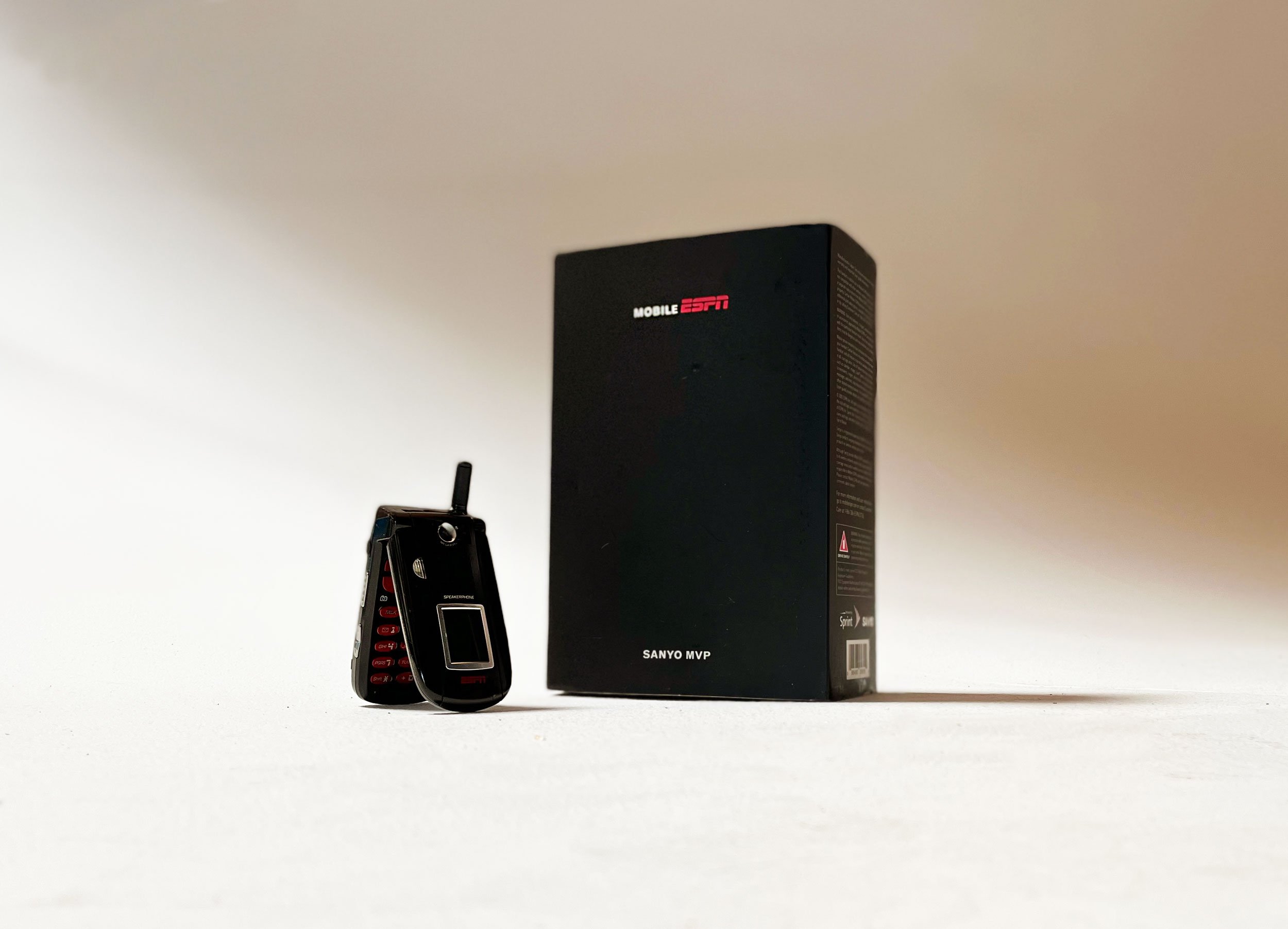ESPN













In 2012 I pitched the ESPN executive board on a massive re-imagination of the ESPN digital framework and our operating processes. Over the next couple of years, the first responsive ESPN site was launched, most of the tech stack was overhauled and the entire digital team had moved to an agile workflow. ESPN websites across the globe still use the brand guidelines, design system and responsive framework today. You can see it in action below;
Storytelling is at the center of everything ESPN does. I used these opportunities to implement modern designs and technologies while creating reusable frameworks and design systems. A long-form story about the Pittsburgh Pirates Doc Ellis is on the right, who threw a no-hitter against the San Diego Padres while high on acid. This design was the first time I used parallax scrolling. View the story below;
Proof of concept prototype to get stakeholder buy-in prior to execution.
A 'Broadcast Companion App' visually represents a downfield drive powered by Stats Inc. stadium data source.
ESPN won the rights to broadcast the 2014 World Cup and with it came exclusive rights to all game data. This interface represents the continued evolution of Gamecast designs dating back to the original launch.
The Sportscenter App was integrated into the primary ESPN app recently. These designs represent that product and how it appeared on Android, iOS and Windows phones.
ESPN Fantasy is a complex transactional flow that requires in-depth definition, research, analysis, design and testing.
Just before the launch of the iPhone, ESPN debuted an MVNO in partnership with Sprint. It was a colossal failure; however, the lessons learned from that endeavor positioned us to be an exclusive Apple partner, creating sports applications for the earliest versions of the iPhone. To this day, ESPN dominates the sports native application landscape.